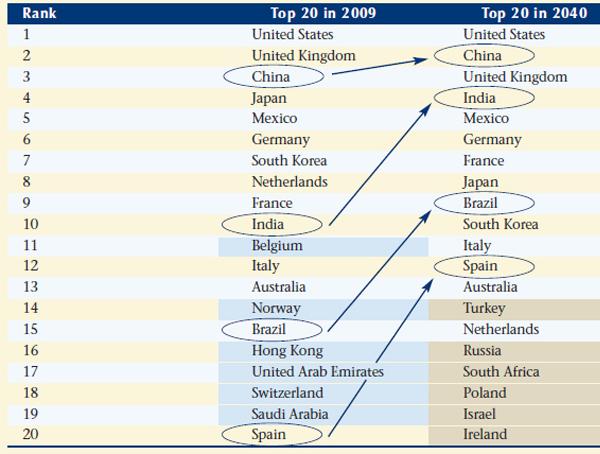On the Canada-China Economic Complimentarities Study Part III The Trade Picture
This post centers on overall trade, leaving two-way portfolio and direct investment to future posts.
Over the last decade, Canada-China trade has surged ahead to consolidate China’s position as Canada’s second-largest trading partner and Canada as China’s 13th. The US remains by far the largest recipient of Canadian goods, taking some 74% last year (US$220.8 billion). Nonetheless, that represents a 13.4% drop from the peak of 87% attained in 2002. (Canada exported $330 billion of products to the US that year.)
China is slowly chipping away at US’s dominance and is now the third largest importer of Canadian products, taking in $21.6 billion worth of mainly wood products, pulp and paper, minerals, agricultural products, and machinery. Yet, China’s imports are still only a paltry 3.75% of all Canadian exports.
Going the other way, Canadian imports of Chinese goods reached a record $48.6 billion, nearly six times the level of a decade ago. China is now the second-largest exporter to Canada after the US whose exports have remained basically stagnant since 2002. Needless to say, the resulting trade balance is heavily skewed in China’s favour with the deficit tripling since 2002, having accelerated after the 2008 global financial meltdown.
|
Canada-China Merchandise Trade (US$ Billions) |
|||||||||||
|
2001 |
2002 |
2003 |
2004 |
2005 |
2006 |
2007 |
2008 |
2009 |
2010 |
2011 |
|
|
Canada Exports |
2.7 |
2.6 |
3.4 |
5.2 |
6.0 |
6.9 |
8.9 |
9.9 |
9.7 |
12.9 |
17.0 |
|
Canada Imports |
8.2 |
10.2 |
13.3 |
18.6 |
24.4 |
30.5 |
35.9 |
39.9 |
35.0 |
43.2 |
48.6 |
|
Total |
11.0 |
12.8 |
16.7 |
23.8 |
30.4 |
37.3 |
44.8 |
49.8 |
44.7 |
56.1 |
65.6 |
Source: Global Trade Atlas (Canadian statistics)
In services, there is ample room for growth between the two countries. Canadian statistics show bilateral trade in services reaching $2.2 billion in 2009 although Chinese statistics say there has been a doubling over five years to $5.4 billion in 2010.
Travel alone accounts for 33% of all Chinese imports of services and industry experts expect up to a 50% jump in Chinese tourist arrivals by 2015 resulting from the granting of Approved Destination Status (ADS) in 2010. Last year, nearly 250,000 Chinese traveled to Canada, injecting some C$390 million into local economies. In the first five months of this year, mainland Chinese made 115,200 trips to Canada, a 22.9% year-on-year increase.
This is not to mention the contribution of Chinese students to the Canadian economy. In 2010, international students spent a total of C$6.9 billion in Canada of which Chinese students took up nearly 14%. A subsequent post will look at a trade ministry commissioned study calling for a doubling of foreign students in Canada, echoing recent words of the president of UBC.
A couple years ago, IHS Global Insight modeled world GDP growth from 2009 to 2040. Within 20 years, projected the model, nearly 1/3 of global output will come from emerging Asia-Pacific countries, particularly large ones like China, India, and Indonesia. Under this scenario, Canadian trade officials figure the US will continue to garner the lion’s share of Canadian exports, rising slightly over current levels.
At the same time, however, China, India, Brazil, Russia, South Africa, Turkey and other emerging markets are expected to import much more from Canada. China will overtake the UK for second place and India leapfrog several countries to take fourth. But, in my estimation, this forecast vastly underestimates the potential for Chinese imports, given the country’s increasingly large energy/natural resources and high-tech needs going forward as up to 400 million more peasants join the ranks of urban dwellers over the next two decades.
The Complimentarities Study concludes: “(This study) speaks to the enormous growth in bilateral trade and investment in recent years, and to our countries’ increasing potential to maximize our economic development. The Canadian and Chinese governments should continue to deepen and strengthen our bilateral trade and investment ties through appropriate bilateral instruments to ensure that Chinese and Canadian citizens can continue to build a prosperous and sustainable future”.
My fingers are crossed for substantive talks soon toward the ultimate ‘bilateral instrument’ – a free trade agreement.

